Rank Species | Higher classification Lewisia | |
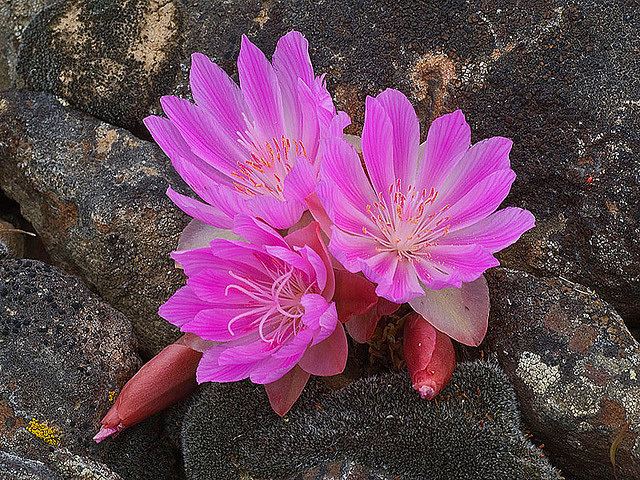 | ||
Similar Lewisia, Lewisia cotyledon, Portulacaceae, Lewisia pygmaea, Lewisia longipetala | ||
the story of the bitterroot part 1 2004
Bitterroot (Lewisia rediviva) is a small perennial herb in the Portulacaceae or purslane family.
Contents
- the story of the bitterroot part 1 2004
- the story of the bitterroot part 5 2004
- Distribution
- Description
- History and culture
- References
the story of the bitterroot part 5 2004
Distribution
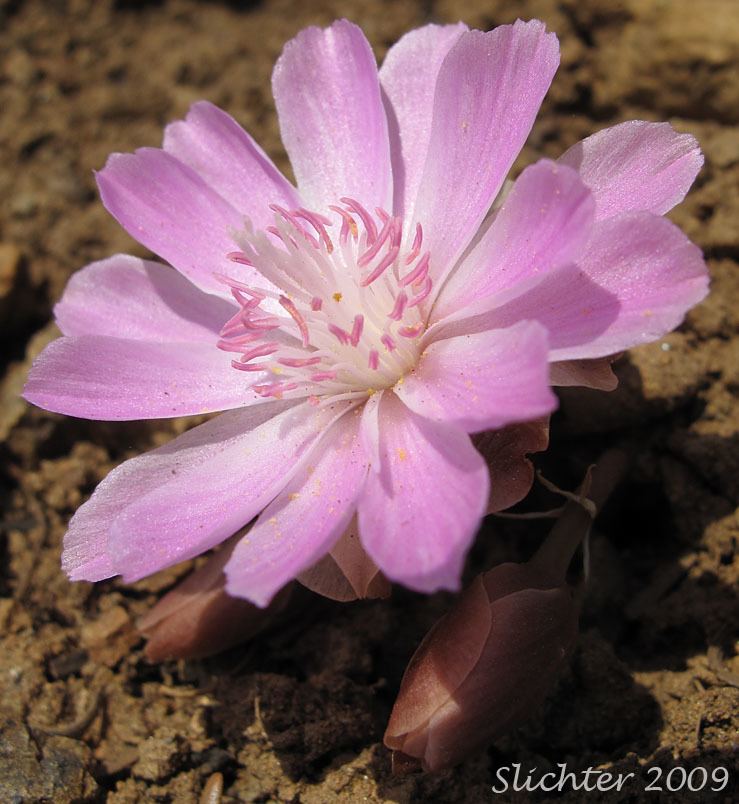
The plant is native to western North America from low to moderate elevations on grassland, open bushland and forest. A small species of dry rocky or gravelly soils, it bears a single pink to lavender to white flower.
Description
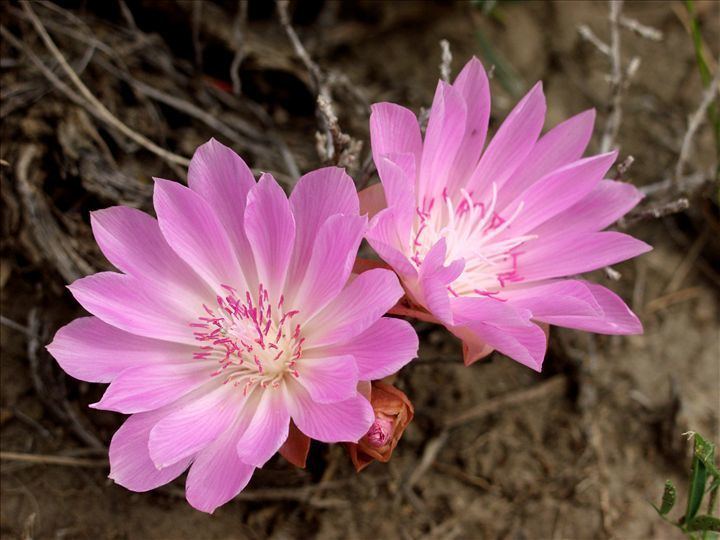
Lewisia rediviva is a low-growing perennial plant with a fleshy taproot and a simple or branched base. The flower stems are leafless, 1–3 centimetres (0.4–1.2 in) tall, bearing at the tip a whorl of 5–6 linear bracts which are 5–10 mm long. A single flower appears on each stem with 5–9 oval-shaped sepals. They range in color from whitish to deep pink or lavender. Flowering occurs from April through July. The petals (usually about 15) are oblong in shape and are 18–35 millimetres (0.7–1.4 in) long. At maturity, the bitterroot produces egg-shaped capsules with 6–20 nearly round seeds.
Distribution
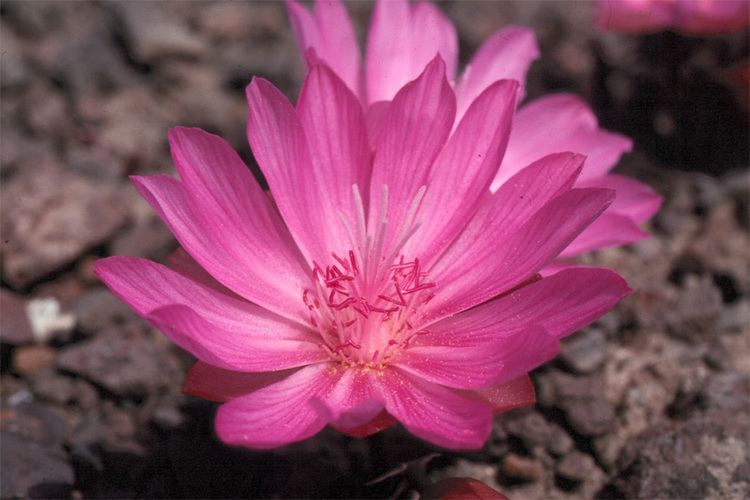
The plant grows on gravelly to heavy, usually dry soil on grassland, open shrubland or open forest from low elevations to the subalpine. Its range extends from southern British Columbia, through Washington and Oregon east of the Cascade Range to southern California, and east to western Montana, Wyoming, northern Colorado and northern Arizona.
History and culture
French trappers knew the plant as racine amère (bitter root). Native American names included spetlum or spetlem, meaning "bitter", nakamtcu (Ktanxa: naqam¢u), and mo'ôtáa-heséeo'ôtse (Cheyenne, "black medicine")
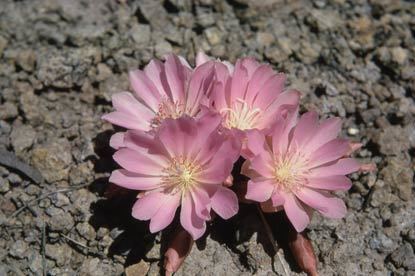
The roots were consumed by tribes such as the Shoshone and the Flathead Indians as an infrequent delicacy. Traditionally, the Ktunaxa cooked bitterroot with grouse. For the Ktunaxa, bitterroot is eaten with sugar; other tribes prefer eating it with salt. The Lemhi Shoshone believed the small red core found in the upper taproot had special powers, notably being able to stop a bear attack.
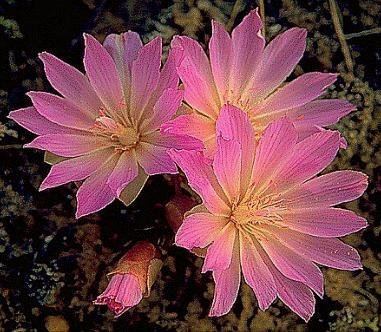
Meriwether Lewis ate bitterroot in 1805 and 1806 during the Lewis and Clark Expedition. The specimens he brought back were identified and given their scientific name, Lewisia rediviva, by a German-American botanist, Frederick Pursh.
The bitterroot was selected as the Montana state flower on February 27, 1895.
Three major geographic features, the Bitterroot Mountains (running north-south and forming the divide between Idaho and Montana), the Bitterroot Valley, and the Bitterroot River (which flows south-north, terminating in the Clark Fork river in the city of Missoula), owe the origins of their names to this flower.
